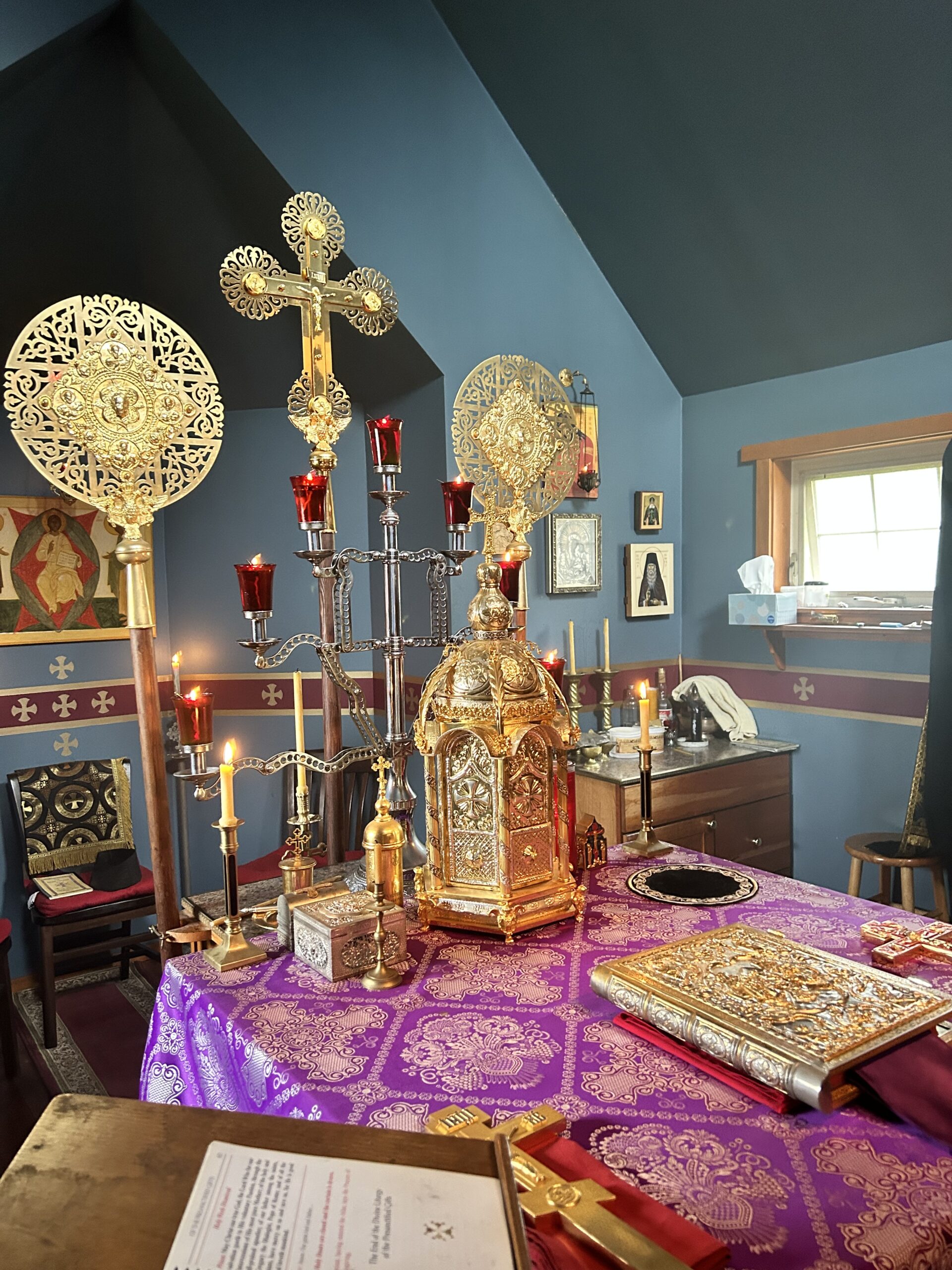The Veil Torn Concluded the Purpose of the Old Testament

In the New Testament, both in the Gospels and in the Apostolic Epistles, there are numerous passages that make clear that the Orthodox Christians and the Orthodox Church are the New Israel. St. Paul develops this quite well in a number of places. Our Lord, multiple times, calls out the rabbis of His time for the process that was in motion of redefining and transforming the faith of Israel, relying more on the Talmud than leaving the Torah to speak for itself.
This process became the new wave of institutional Judaism as we know it today after the fall of Jerusalem and the destruction of the Temple in 70 AD. Because of this we can see that what is called Judaism today is actually newer than Christianity and not the religion of Moses, the Patriarchs and the Prophets of old.
The most dramatic expression of what occurred at the time of the death of Jesus, which was the completion and fulfilment of the entire period of the Old Testament, was recorded in all three Synoptic Gospels (Matthew 27:51, Mark 15:38 & Luke 23:45) which was that, at the moment of the death of the Lord, the veil before the Holy of Holies, in the Temple, was torn from top to bottom.
Many people may not fully understand the significance of this event. It was in the Holy of Holies that the Lord God dwelt on the Mercy Seat above the Ark in a unique way. Few Western Christians and, perhaps, even some Orthodox Christians, living in a secularised and worldly culture, understand how the Divine Presence sanctifies everything that It touches or is close to It. Starting in Genesis, there are many instances that illustrate that fact, starting with Moses’ encounter with the Burning Bush, aflame with the Divine Presence (i.e., the Energy of God) where he was told by the Logos, speaking from the Bush, to remove his sandals because the very ground on which he stood was holy. Many other events and commandments of God taught the Israelites to fear and show reverence to the things of God, such as the Tabernacle, the Temple, the Sacred Vessels and Utensils used in Divine Worship.
So, the real meaning of the event of the veil being torn from top to bottom conveys the profound fact that, from that moment, because the death of the Messiah concluded the purpose of the Old Testament, God no longer dwelt in that unique way in the Holy of Holies of the Jewish Temple.
In our Orthodox Temples, we veil the Sanctuary for the very same reason that the Holy of Holies was veiled, because God now dwells in there, shown forth by the presence of the Holy Gospel and the reserved Holy Mysteries on the Holy Altar. But there is one major difference: Our Divine Worship, especially the Divine Liturgy, draws back that veil, expressing that, through the grace and dispensation of the New Covenant, all mankind is called into union and communion with the God of Israel, the All-Holy Trinity. In other words, those who received Christ as the Messiah were now the Chosen People, replacing those Hebrews who had denied Jesus Christ as the promised Messiah.
With Love in Christ,
Abbot Tryphon

Saturday April 6, 2024 / March 24, 2024
Third Saturday of the Great Lent. Tone two.
Great Lent. Food with Oil
Parents’ Saturday. Remembrance of the dead.
Forefeast of the Annunciation.
Venerable Zacharias the Recluse of Egypt (4th c.).
St. Artemon, bishop of Seleucia (1st c.).
New Hieromartyr Alexander priest (1918).
New Hieromartyr Vladimir priest (1920).
Venerable Zachariah, faster of the Kiev Caves (13th c.).
Martyrs Stephen and Peter of Kazan (1552).
Venerable James the Confessor, bishop of Catania (802-811).
“The Clouded Mount” Icon of the Mother of God.
Hieromartyr Parthenius, patriarch of Constantinople (1657).
St. Savvas the New of Kalymnos (1948) (Greek).
Eight Martyrs of Caesarea in Palestine (Greek).
Venerable Martin of Thebes, monk (Greek).
St. Thomas, abbot of the monastery of St. Euthymius (542).
St. Severus of Catania (802-811).
St. Artemius, bishop of Thessalonica.
St. Dunchad, abbot of Iona.
The Scripture Readings
Hebrews 10:32-38
32 But recall the former days in which, after you were illuminated, you endured a great struggle with sufferings: 33 partly while you were made a spectacle both by reproaches and tribulations, and partly while you became companions of those who were so treated; 34 for you had compassion on me in my chains, and joyfully accepted the plundering of your goods, knowing that you have a better and an enduring possession for yourselves in heaven. 35 Therefore do not cast away your confidence, which has great reward. 36 For you have need of endurance, so that after you have done the will of God, you may receive the promise:
37 “For yet a little while,
And He who is coming will come and will not tarry.
38 Now the just shall live by faith;
But if anyone draws back,
My soul has no pleasure in him.”
Mark 2:14-17
14 As He passed by, He saw Levi the son of Alphaeus sitting at the tax office. And He said to him, “Follow Me.” So he arose and followed Him.
15 Now it happened, as He was dining in Levi’s house, that many tax collectors and sinners also sat together with Jesus and His disciples; for there were many, and they followed Him. 16 And when the scribes and Pharisees saw Him eating with the tax collectors and sinners, they said to His disciples, “How is it that He eats and drinks with tax collectors and sinners?”
17 When Jesus heard it, He said to them, “Those who are well have no need of a physician, but those who are sick. I did not come to call the righteous, but sinners, to repentance.”
